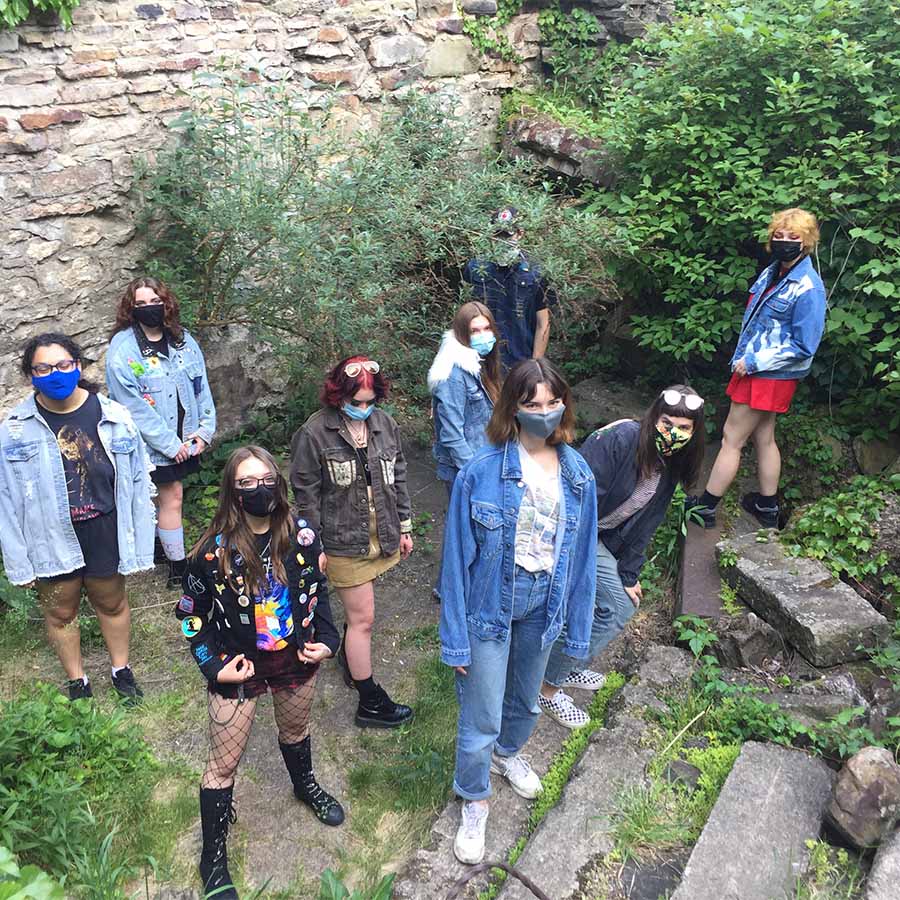This play is a reflection on the (im)possibility of accepting diversity and the other. The fragmented body of the neoplasm—the fruit of unstable conditions—overcomes barriers, loves and denies itself and others, wanders around, forgetting its profession. It frequently and with pleasure divides, goes through dangerous palpation, questions the possibility of contact with the experience of the other. Poorly brought up but very successful, it invites us to a trans-species transition.
Lorem ipsum dolor sit amet, consectetur adipiscing elit. Fusce at elit quis felis ullamcorper vehicula non in est. Maecenas finibus pharetra justo et faucibus. Nulla eu tortor vel ex volutpat efficitur. Vivamus placerat turpis in aliquet venenatis. Quisque ac lacinia mauris. Nam quis lobortis elit. Vestibulum sagittis nisi sit amet euismod hendrerit. Mauris non sodales odio. Donec efficitur molestie quam, sed lobortis massa vestibulum ut.
Nunc at arcu sodales nisi porta euismod non vel neque. Phasellus at lobortis ante, in suscipit justo. Proin non purus vitae nisi molestie consectetur. Vestibulum volutpat lobortis interdum. Vestibulum pretium ligula lorem, egestas ultricies lectus ultricies ac. Curabitur venenatis vulputate dolor.
A series of heads is painted on the four walls of the gallery. Leaning between two faces on one long wall is a weathered wooden staircase, a standing male figure painted on its steps. In one corner, a face spans both walls, nose painted onto a stack of firewood, eyes formed with hypodermic needles. The eyes on the head at the far end of the gallery hold television monitors that play a video tape made of various spaces throughout the building.
Artist Statement
Frescoes of Ancient New York Mosaics are exaggerated fragments of faces that create the illusion of permanence. The face is an archetypal symbol in any culture. These brick walls with iconographic faces recall monumental mosaic portraits from Byzantium and Rome, two decaying cultures with qualities of today's Moscow (the Third Rom, place of our birth) and New York (the New Babylon where we live now). The video in the eyes of one of the heads is based on the preposterous correlation of the live and canonized face.
Exhibition
Rimma Gerlovina and Valery Gerlovin (Americans, b. Russia, 1951 and 1945) were founding members of the underground conceptual movement in Soviet Russia, described in their book, Russian Samizdat Art. Since coming to America in 1980, they had many personal exhibitions in galleries and museums, including the Art Institute of Chicago. The New Orleans Museum of Art launched a retrospective of their photography, which traveled to venues in fifteen cities. Group exhibitions include The Venice Biennial; The Guggenheim Museum; the Smithsonian's National Museum of American Art; Bonn Kunsthalle, Germany; Tokyo Metropolitan Museum of Photography; State Tretyakov Gallery Moscow, and others.






